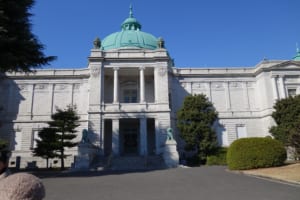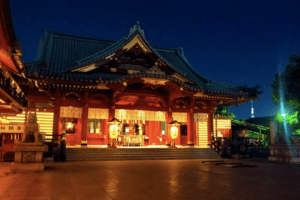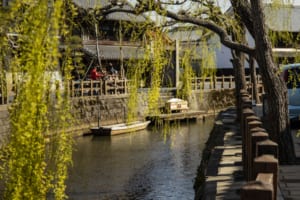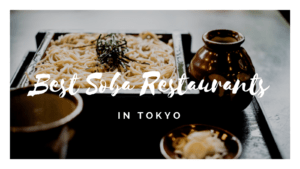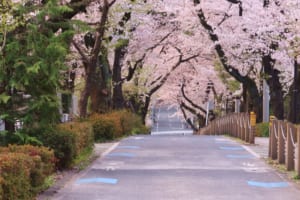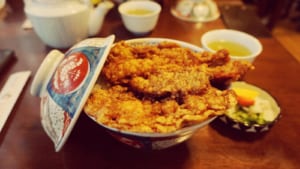Oldest Shops and Restaurants in Tokyo
Traditional establishments with centuries of history
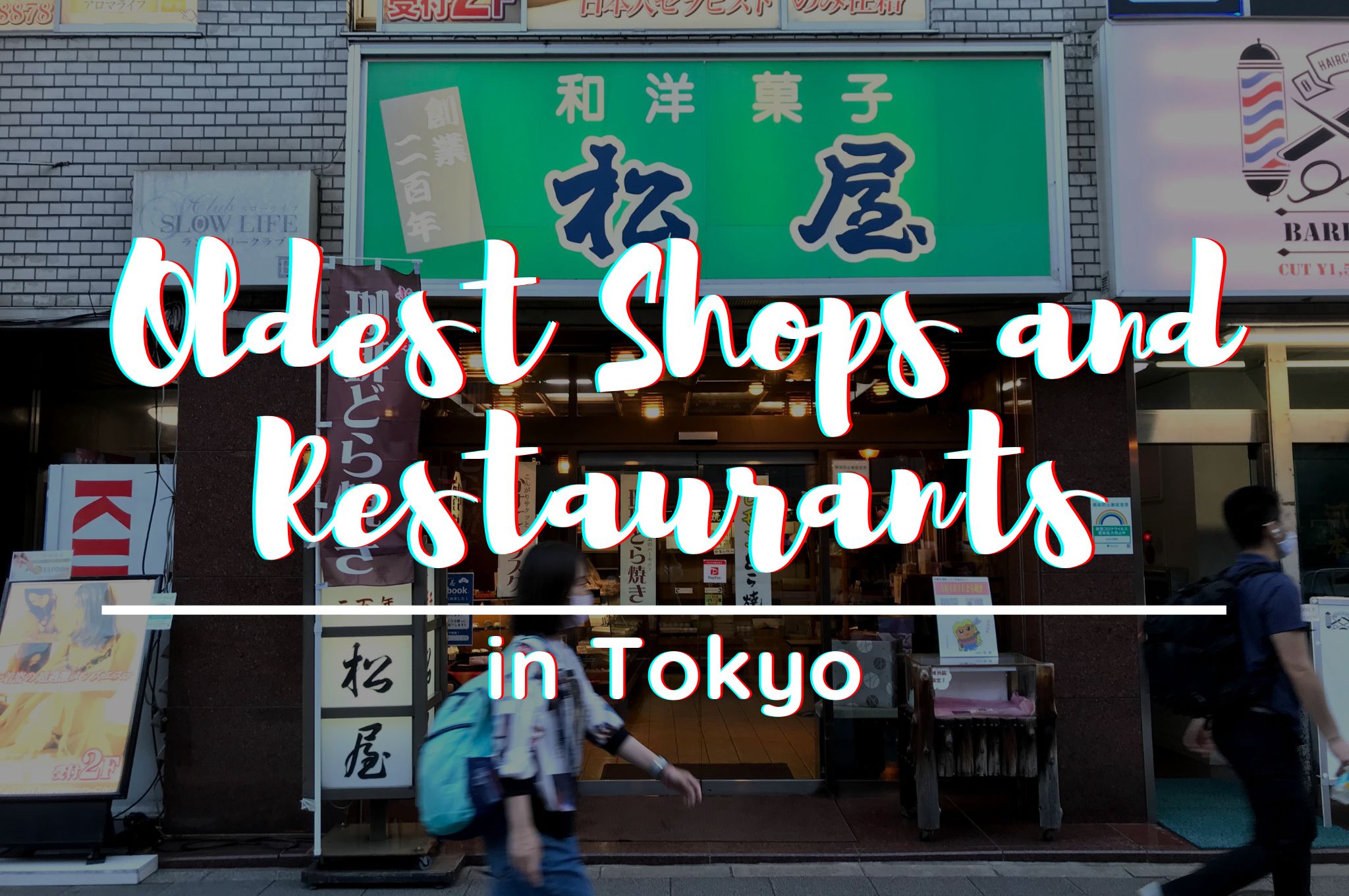
One of the most striking details of Japan’s commercial landscape is the abundance of businesses that pride themselves in their longstanding tradition, spanning multiple generations. This is an even more impressive feat when you take into account that the average new business in Tokyo won’t last for over one year.
This means these locations have long passed with flying colors the test of time in a highly competitive environment, gaining a loyal following as new waves of enthusiasts discover them with each passing generation. Come with me to show you a selection of the oldest shops and restaurants in Tokyo!
1. Kenuki Sushi

With over 300 years of history since 1702 in Tokyo, Sasamaki Kenuki Sushi (笹巻けぬきすし) isn’t just the oldest sushi restaurant in Tokyo, it also offers one of the most unique sushi you can find in any shop in this city!
The current thirteenth generation still serves nigiri wrapped in bamboo leaf, prepared with the same techniques developed during the Edo Period. If you’ve ever wondered what the original sushi tasted like, you’ll find out here!
 Access Access |
2-min walk from Shin-Ochanomizu Station or 3-min walk from Ogawamachi Station |
|---|---|
 Address Address |
〒101-0052 Tokyo, Chiyoda City, Kanda Ogawamachi, 2 Chome−12 宇田川ビル |
2. Wagashi Matsuya

Specializing in traditional Japanese sweets, this family-run business stays relevant in today’s market thanks to its masterful blend of the old and new. Along with classic flavors, they’re also constantly developing new products and seasonal special flavors.
 Access Access |
5-min walk from Akihabara Station |
|---|---|
 Address Address |
1 Kanda Matsunagacho, Chiyoda City, Tokyo 101-0023, Japan |
 Official Website Official Website |
https://ja-jp.facebook.com/akiba.matsuya/ |
3. Komakata Dojo
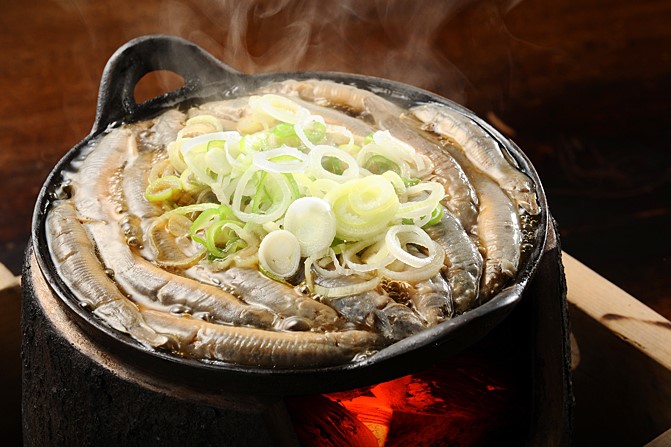
For a true taste of authentic Edo cuisine (as in, typical food from Tokyo back when it was called Edo), Komakata Dojo (駒形どぜう 本店) is the answer. With over 200 years of uninterrupted service from their corner in Asakusa since 1801, their main specialty is the dojou nabe, or loaches hotpot, a popular delicacy that survives today thanks to the legacy of this restaurant.
Opening the noren curtain and sitting for a meal on their tatami floor is like becoming part of the neighborhood’s history.
 Access Access |
5-min walk from Asakusa Station |
|---|---|
 Address Address |
1 Chome-7-12 Komagata, Taito City, Tokyo 111-0043, Japan |
 Official Website Official Website |
https://www.dozeu.com/asakusa/ |
4. Toshimaya
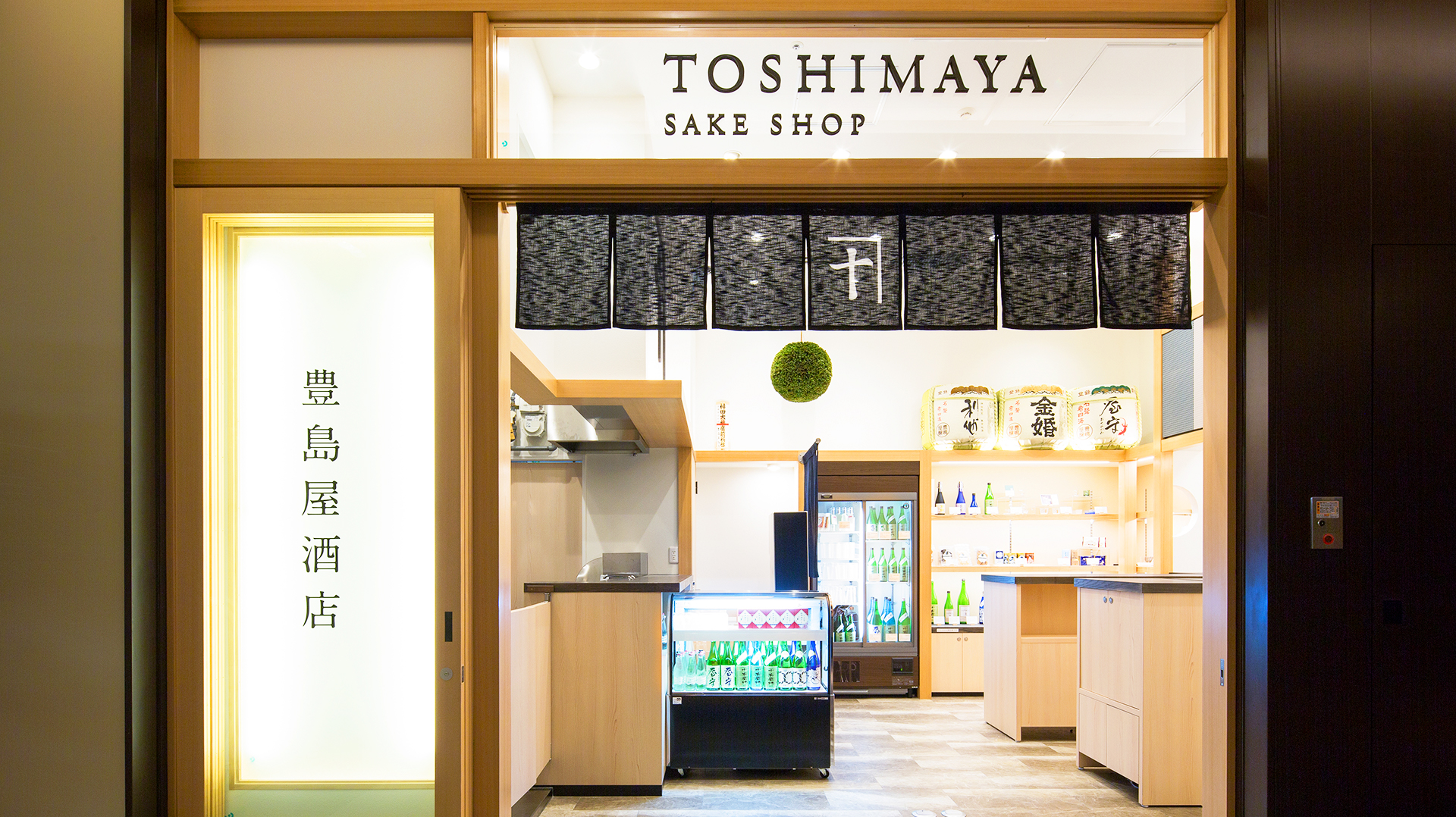
There’s antique, and then there’s was-already-featured-in-a-famous-travel-guide-in-Edo-Period antique. Toshimaya belongs to the latter’s select club. Tokyo’s oldest sake shop is even older than the Edo Period (1603-1867) itself! Established in 1596 as a small sake shop and tavern close to Edo Castle (Imperial Castle nowadays), it quickly gained traction among locals.
One of its best-known products is shirozake (white sake), a white sweet liquor that became so popular with women at the time, it sparked the tradition of offering shirozake on Girl’s day (March 3). By mid-Edo Period this shop was so well-known that it made it to the pages of 1834’s first edition of Edo meisho zue (Illustrations of Famous Places in Edo).
 Access Access |
6-min walk from Ochanomizu Station |
|---|---|
 Address Address |
1 Chome-5-1 Sarugakucho, Chiyoda City, Tokyo 101-0064 |
 Official Website Official Website |
https://www.toshimaya.co.jp/en/ |
5. Momonjiya
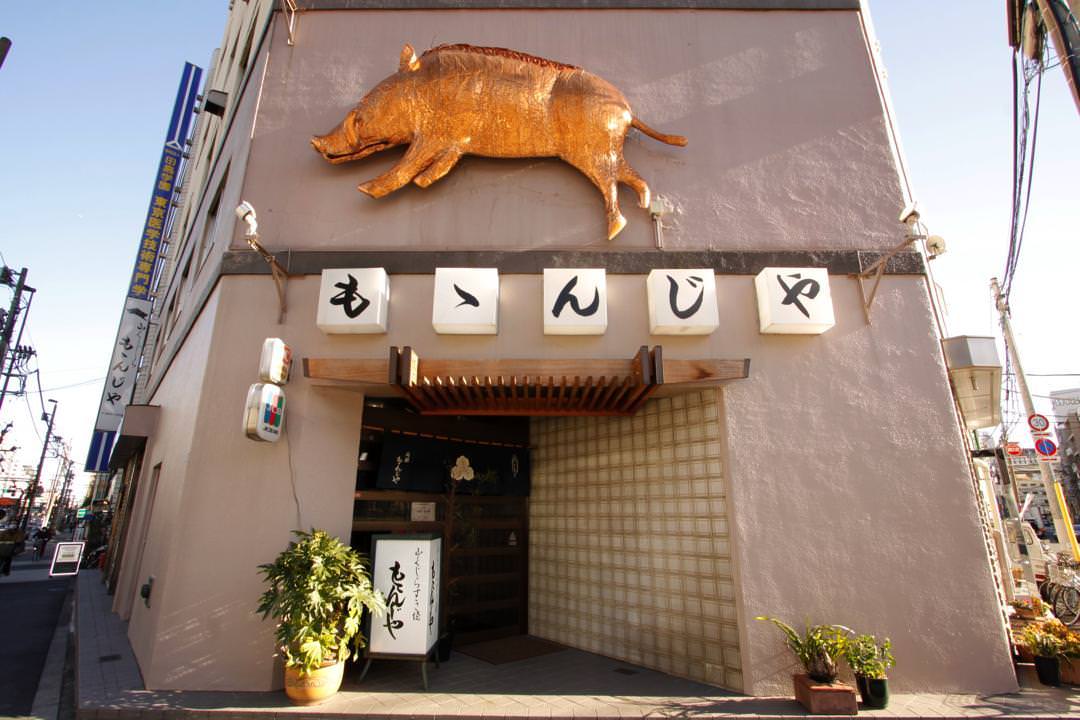
Momonjiya (もゝんじや) is a sukiyaki restaurant established in 1718, specializing in traditional wild boar meat (and other types of wild game), as clearly shown in the large boar sculpture adorning the facade. The name itself is a callback to their origins, as momonjiya used to be farming villages in the suburbs of Edo where farmers captured wild game to be transported to the city.
They pride themselves in showcasing authentic cuisine made in the typical style of the Ryogoku district, famous for housing the Ryogoku Kokugikan arena where sumo matches take place. This area is well known for having shops serving Chanko Nabe, special protein-rich hot pots, part of Sumo wrestlers’ diet.
 Access Access |
5-min walk from Ryogoku Station |
|---|---|
 Address Address |
1 Chome-10-2 Ryogoku, Sumida City, Tokyo 130-0026 |
 Official Website Official Website |
https://momonjya.gorp.jp/ |
6. Oji Ougiya
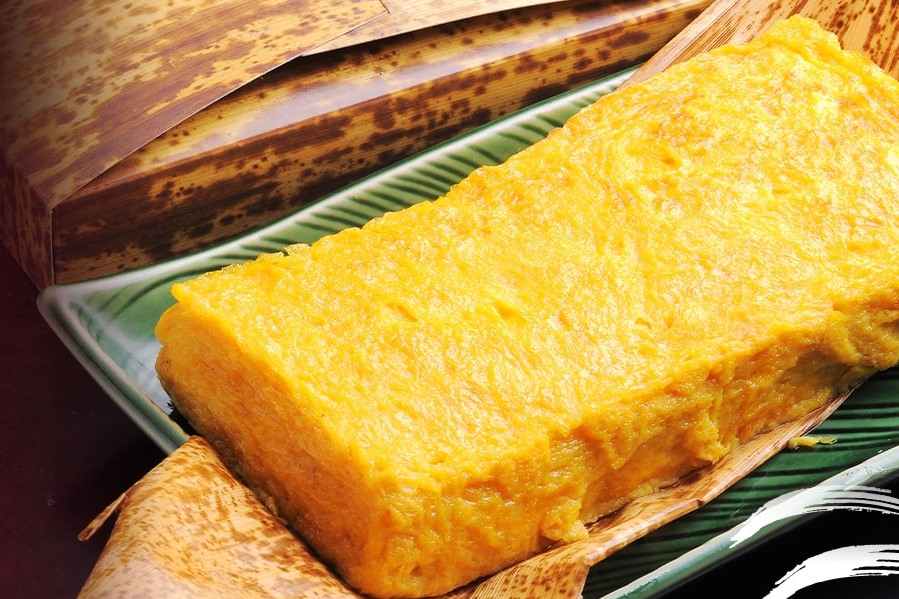
If you happened to walk right past Oji Ougiya (王子扇屋), you wouldn’t imagine that this seemingly unassuming tamagoyaki (Japanese sweet omelet) stall is actually a business with over 370 years of history since 1648.
Truthfully, not so long ago this used to be quite a large several-story tall restaurant, with enough popularity to inspire a rakugo (traditional comedy monologues) story. Still, the owners decided to close down the large restaurant in 2008 and continue business in the same location in the small takeout stall. Still delicious nonetheless.
 Access Access |
2-min walk from Oji Station |
|---|---|
 Address Address |
1 Chome-1-7 Kishimachi, Kita City, Tokyo 114-0021 |
 Official Website Official Website |
https://www.ouji-ougiya.jp/ |
7. Sasanoyuki
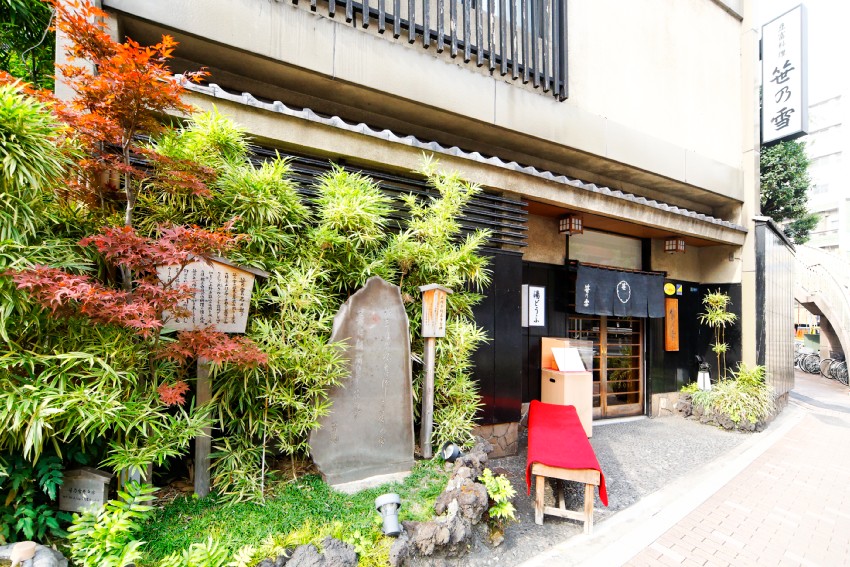
Sasanoyuki (笹乃雪) is a restaurant specializing in all manners of tofu dishes, that was established over 330 years ago in 1691. Its simple yet elaborate dishes showcase the versatility of tofu, an ingredient that is often overlooked in favor of other specialties more famous among foreign audiences.
Here you can enjoy a full course consisting of tofu from the beginning to the end, with dishes like sesame tofu, or ankake tofu, fried tofu or ochazuke tofu. Even tofu ice cream! The traditional old-school decor will be enough to make you feel like traveling to the past while you discover all the different ways you can enjoy tofu!
Note: As of 2022, the restaurant is currently undergoing renovations and a location change until spring 2024. Follow up with the official website for updates on its new location.
 Access Access |
3-min walk from Uguisudani Station |
|---|---|
 Address Address |
2-chōme-15-10 Negishi, Taito City, Tokyo 110-0003 |
 Official Website Official Website |
http://www.sasanoyuki.com/ |
8. Tamahide
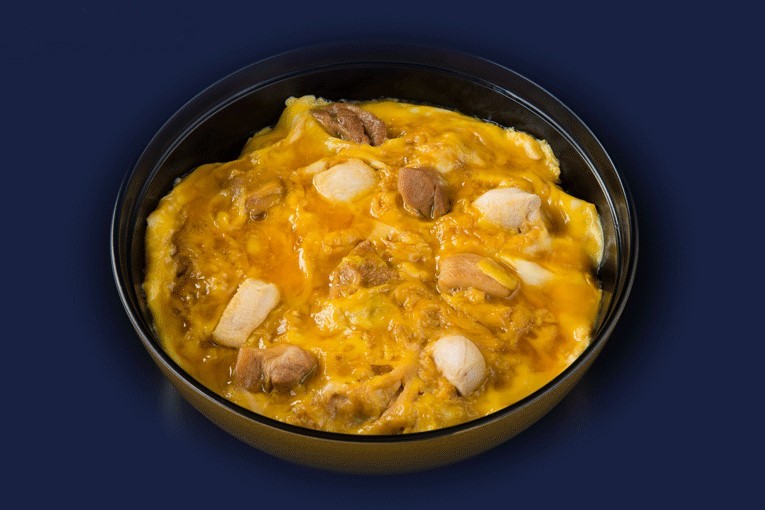
Tamahide (玉ひで), since its inception in 1760, has been a beloved chicken restaurant for over 260 years. A restaurant that has imprinted itself in the culinary history of this country, as the birthplace of oyakodon, the popular rice bowl topped with chicken and egg.
Eight generations of Tamahide chefs have kept the traditional Edo flavor while adapting to modern times and keeping a stylish yet traditional ambiance. Don’t be surprised by the long queues, locals know this place is really worth waiting for.
Note: As of the end of 2022 the main restaurant is undergoing extensive renovations expected to last until 2024. In the meantime, a small shop and restaurant have opened a few meters away to continue serving customers.
 Access Access |
1-min walk from Ningyocho Station |
|---|---|
 Address Address |
1 Chome-17-10 Nihonbashiningyocho, Chuo City, Tokyo 103-0013 |
 Official Website Official Website |
http://www.tamahide.co.jp/ |
9. Izuei
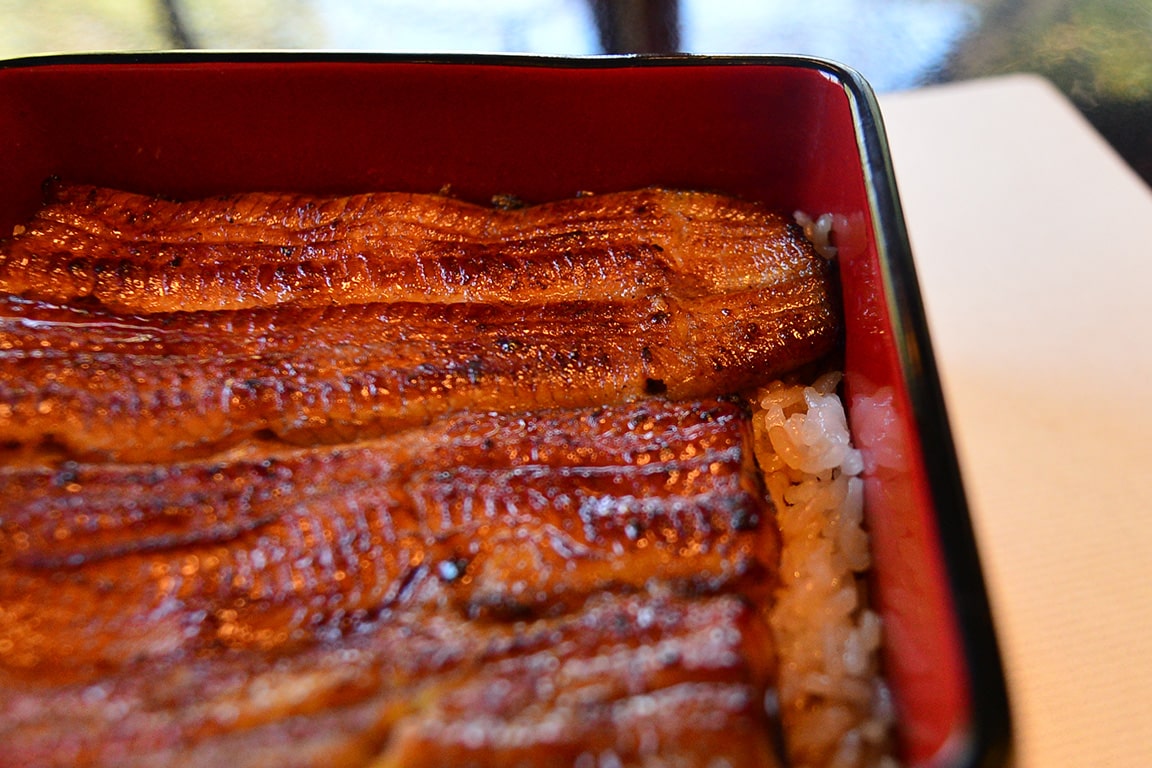
Izuei (伊豆栄), a culinary landmark in the heart of Tokyo, is a venerable unagi (eel) restaurant that has weathered over three centuries of history. Once a modest grill house in Ueno, this establishment is now a beacon of traditional Edo-style unagi cuisine. The highlight of the menu is their signature ‘unaju’ (grilled eel over rice), beloved through history by literary giants like Mori Ogai and Tanizaki Junichiro, and even renowned rakugo artist Tachikawa Danshi.
Their unagi is prepared by artisans who embody the adage, “three years to learn cutting, eight for skewering, a lifetime for grilling.” This maxim reflects the intricate skill involved in bringing out the best in each dish, from the precise grilling to the steaming process that ensures a tender, flavor-packed experience.
 Access Access |
6-min walk from Okachimachi |
|---|---|
 Address Address |
2 Chome-12-22 Ueno, Taito City, Tokyo 110-0005 |
 Official Website Official Website |
http://www.izuei.co.jp/ |
10. Sarashina Horii
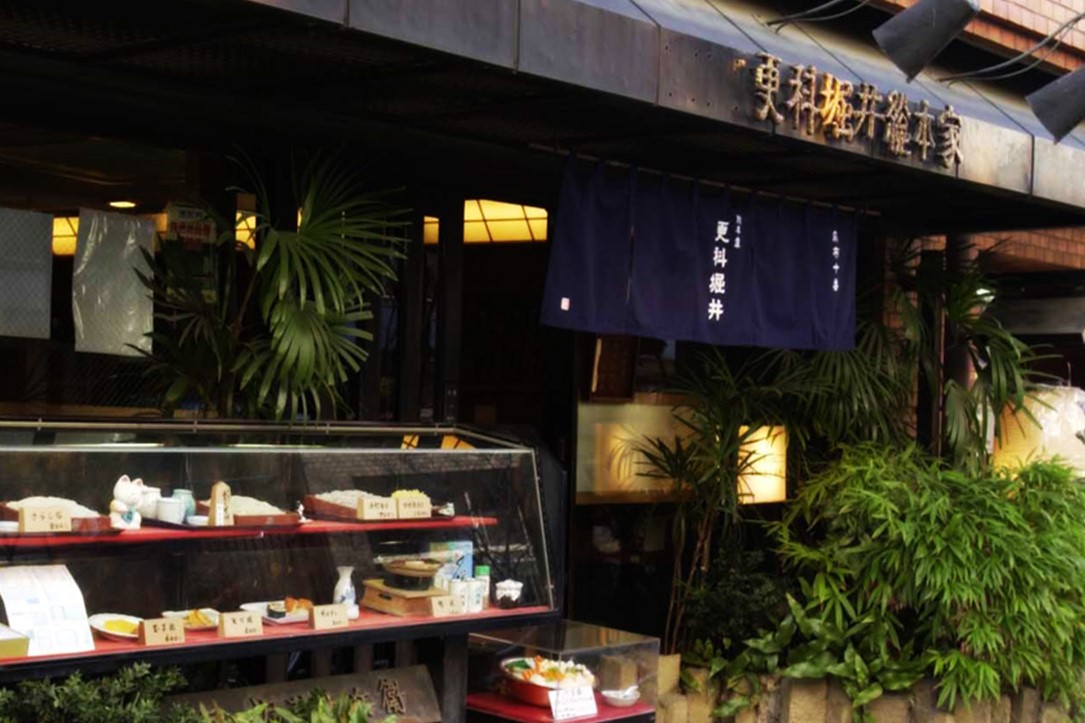
Sarashina Horii (更科堀井 麻布十番本店), in the upscale neighborhood of Azabu-Juban, is already part of the city’s culinary history, stretching back over 230 years. Its legacy began with Nunoya Tahei, a textile merchant turned soba artisan in 1789, under the advice of feudal lord Hosina. This historic establishment not only catered to daimyo lords during the Edo period but also garnered favor with the imperial household in later years.
Patrons can savor a variety of soba, from the classic light brown to seasonal offerings infused with flavors like yuzu, shiso, tomato, or pumpkin. Sarashina Horii distinguishes itself with its unique white soba noodles, a result of a special technique that eschews the traditional inclusion of buckwheat husks, offering a smoother and more elastic texture.
 Access Access |
4-min walk from Azabu-Juban Station |
|---|---|
 Address Address |
3 Chome-11-4 Motoazabu, Minato City, Tokyo 106-0046 |
 Official Website Official Website |
https://www.sarashina-horii.com/en/ |
Discovering Tokyo’s oldest restaurants and shops is like taking a peek into a long-past world that somehow, magically has made its way to the present day. Centuries of tradition of pure dedication to what they know best. Each one of these places has already made it into the history of Tokyo, so visiting them is taking a small journey into the pulsating streets of Edo.
▽Subscribe to our free news magazine!▽
If you want to learn more about Tokyo’s heritage, check out the following links!
▽Related Articles▽
▼Editor’s Picks▼
Written by
Photographer, journalist, and avid urban cyclist, making sense of Japan since 2017. I was born in Caracas and lived for 14 years in Barcelona before moving to Tokyo. Currently working towards my goal of visiting every prefecture in Japan, I hope to share with readers the everlasting joy of discovery and the neverending urge to keep exploring.





